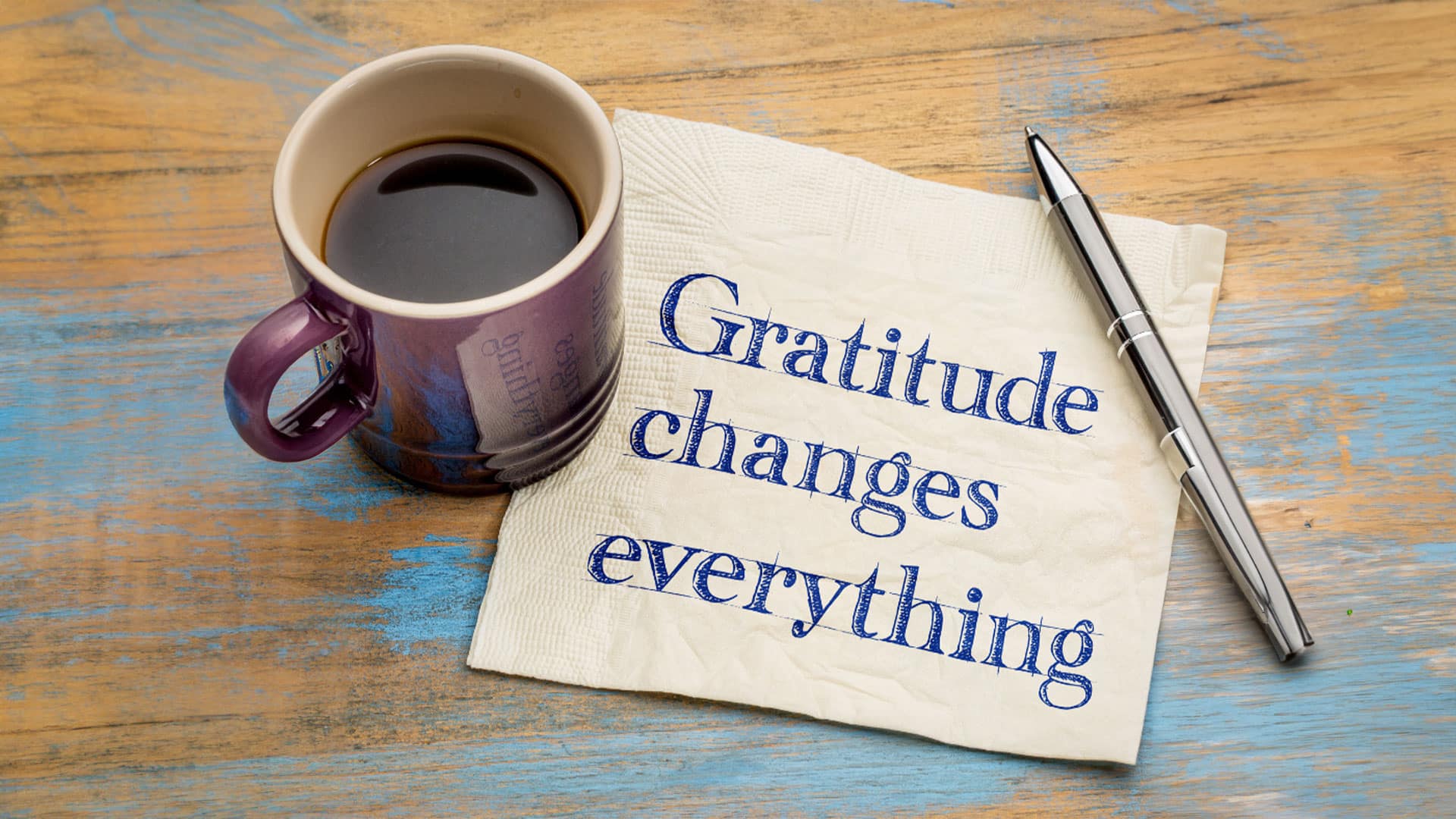Last month, I achieved a personal goal by completing the training and running of a marathon. This endeavor posed not only a challenge to my physical endurance but also stood as a testament to my mental toughness and perseverance. What consumed me during all my runs, whether short, long, hard, or easy, in various weather conditions, was an overwhelming flow of gratitude. Throughout the training, gratitude became my silent companion. I expressed gratitude by appreciating my body, focusing on my muscles working, my heart pumping, and overall ability. I practiced mindful running, cultivating a sense of gratitude for my mind and everything around me. I was thankful for the steadfast encouragement from my close friends and family that pushed me forward. Gratitude, I discovered, is not just a sentiment; it’s a powerful force that transforms a marathon from a purely physical experience into an enriching celebration of resilience.
Gratitude is a powerful catalyst for raising resilience by shaping one’s mindset and response to adversity. When individuals cultivate gratitude, they develop a heightened awareness of the positive aspects of their lives, fostering a mindset that views challenges as opportunities for growth.
Gratitude Also,
- Promotes a sense of mindfulness and presence
- Interrupts negative thought patterns
- Helps in building and sustaining long-term relationships
- Strengthens our ability to manage negative emotions and distress while enhancing our overall well-being
Overall, we as humans tend to focus more on difficulties and challenges of life because they demand we take action. We fight to overcome hardships – as a way to get things ‘back to normal’.
Practicing gratitude is one of the best ways to remind ourselves of the things that give us the courage to move on in life – especially when we are facing challenging times – personally and/or professionally.
In Riverbend’s GRIT(T) Model: Raising Resilience™, we bust myths, highlight the psychological benefits, and provide principles and practices to find, retain, and grow gratitude. Since you have found your way to our blog page, I would love to share my favorite principle with you…
Learn How to Receive
Many of us have been told from an early age, t’s better to give than to receive. The underlying belief is “good people give and don’t think of receiving”.
One valuable resource that has greatly influenced our perspective on giving and receiving is “The Go-Giver” by Bob Burg and John David Mann. The authors emphasize that effective giving involves remaining open to receiving. Receiving is the natural outcome of giving, creating a reciprocal and harmonious exchange.
Refusing the support, compliments, or help offered by others denies them the opportunity to give, disrupting the natural flow of generosity. When we reject compliments or insist on handling everything ourselves, we inadvertently block the joy that others derive from giving. It’s crucial not to shut down this natural flow of giving and receiving, as doing so hinders our ability to practice gratitude and receive the results we desire. To enhance openness to receiving, take the time to consider and accept support when someone asks, “How can I support you?” Rather than deflecting, embrace the opportunity to keep the giving and receiving flow alive by genuinely engaging with the support offered.
Gratitude is a practice talked about by many but understood by few. At Riverbend we believe that practicing gratitude can help you grow your resilience muscles, leading you to be a more resilient individual personally and professionally.
Find out more about The GRIT(T) Model: Raising Resilience™ by contacting us at info@therivrbendgroup.com.


